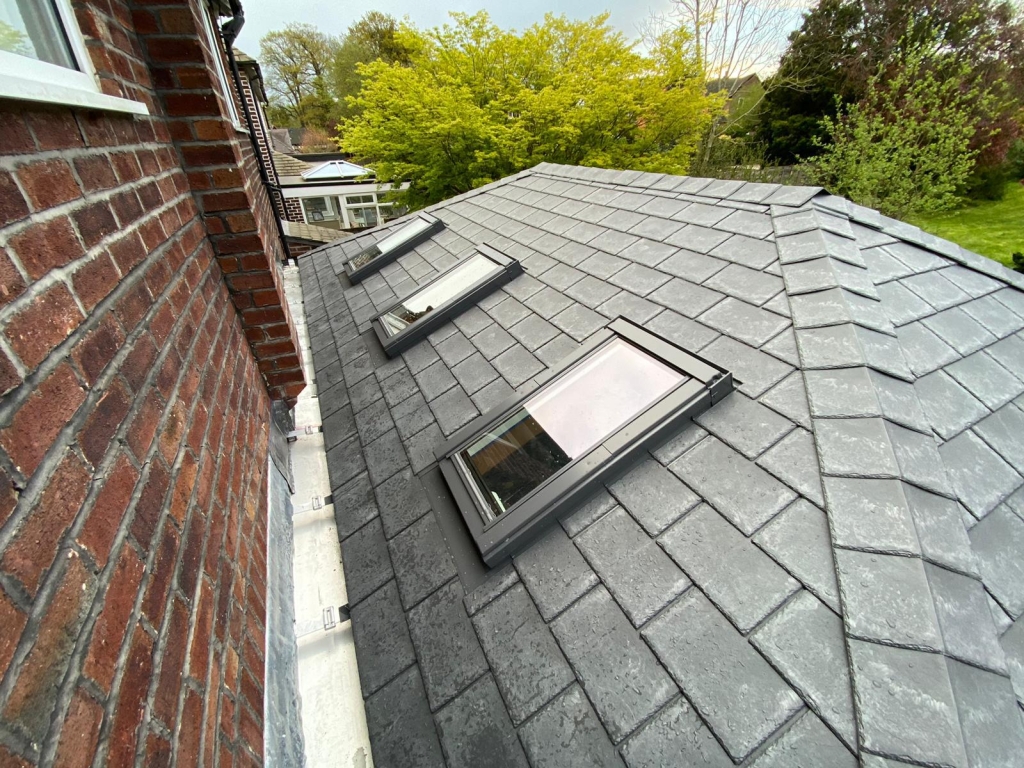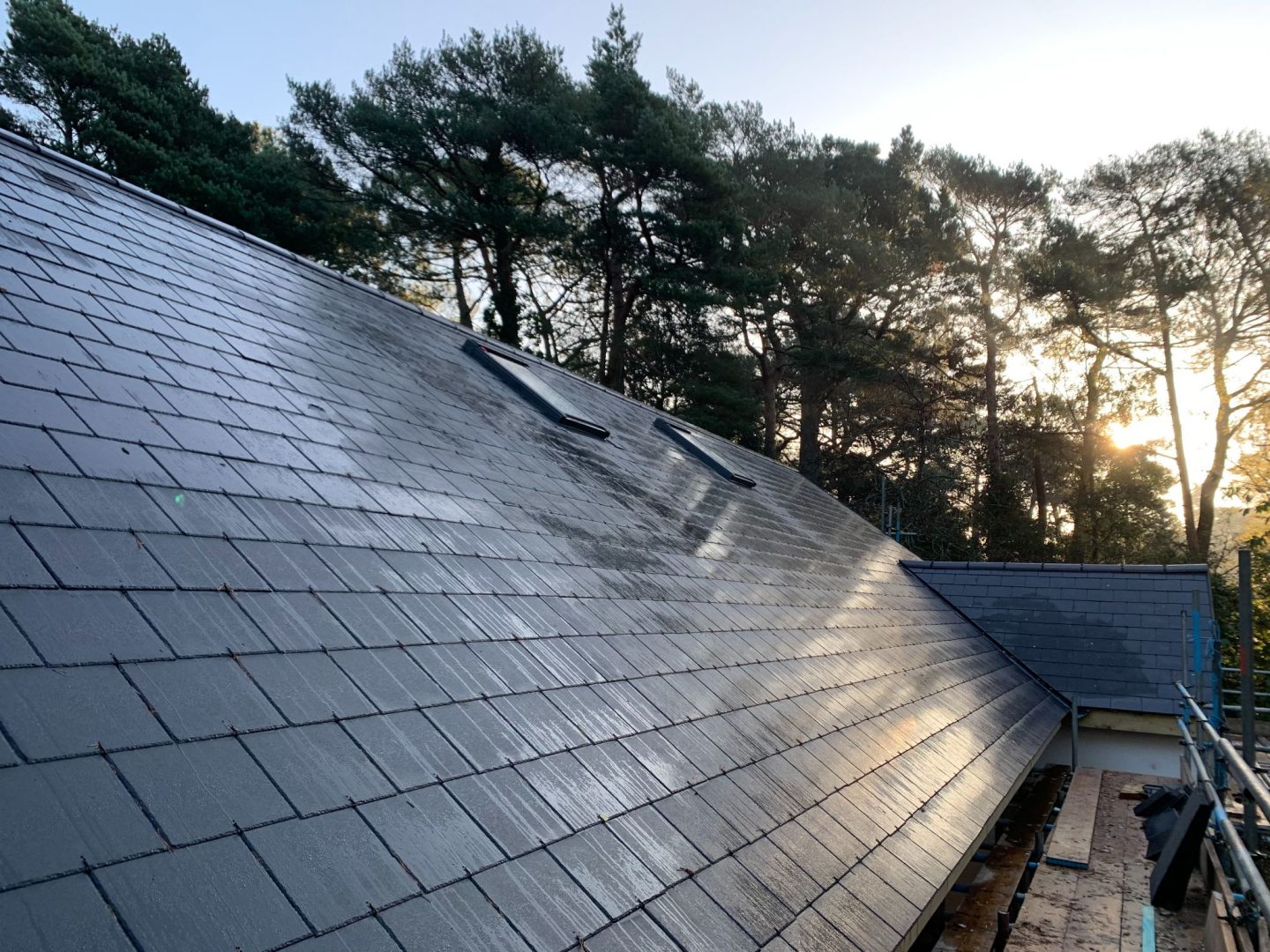
A roof replacement is necessary when the damage to a roof is beyond repair. Roof deterioration can be caused by age and regular wear, leading to leaks, sagging or the removal of shingles. In the UK, tiles, flat roofs and slates are all common roofing materials. Each has its lifespan. Asphalt shingles can typically last 20-30 years, while clay or concrete roof tiles last up to 50 years. Replacement is the best solution when these materials start to break down. This will prevent any further structural and interior damage. It is important to replace your roof for safety reasons and the protection of your house.
Leaks are one of the clearest signs that your roof is in need of replacement. If you notice water stains on your ceiling or walls, or if water drips during heavy rainfall, this is often a clear indicator that the roof is compromised. Leaks can lead to serious structural issues if left unaddressed, including damage to the interior of your home, insulation, and wooden beams. In some cases, a repair may suffice, but if the problem persists or if the damage is widespread, it may be time to replace the roof altogether. A roof that has lost or damaged tiles and slates is another sign. These can be damaged or loosen over time due to exposure to the weather. Replacing them will help stop leaks and prevent further damage.
Depending on factors such as the type of roof and materials used, its complexity, location, size, etc., the cost can vary greatly. On average, a complete roof replacement on a standard three-bedroom semi-detached house can cost between 5,000 and 12,000. Labour often makes up a significant portion of the cost, and scaffolding and waste removal add to the total expense. This investment can be offset by an increase in property value or reduced maintenance costs. You should get at least 3 quotes from reputable roofing contractors. Make sure they belong to a NFRC or TrustMark member organisation. To protect themselves from delays or poor work, homeowners should also have written warranties, clear contracts and insurance. Although the upfront cost may be high, a quality roof replacement offers long-term peace of mind. To obtain new details kindly look at www.roofadvisor.co.uk/how-much-does-a-roof-replacement-cost-in-the-uk/

Timing the project correctly can make a significant difference in the ease and success of a roof replacement. In the UK, the best time to undertake such work is during the late spring, summer, or early autumn months when the weather is generally more stable. The wind and rain can create delays, particularly if the construction exposes large sections of roof. Emergency roof replacements can be needed at any time, especially if the roof is damaged by a storm. Booking a contractor ahead of time can reduce the wait during busy seasons. Homeowners should also make logistical preparations, such as informing neighbours about upcoming work, arranging parking space for construction vehicles, and preparing for potential noise and disruption. With a realistic timeline and good communication, the replacement process can be managed with minimal inconvenience.
The cost of roof replacement in the UK can vary significantly depending on several factors, including the size of the roof, the materials chosen, and the complexity of the job. Roof replacements can range from PS3,000 up to PS7,000 on average. More expensive materials like slate and copper will increase the cost. Roof replacement may appear to be a large investment but it is actually a cost-effective solution for the long term. New roofs improve energy efficiency and reduce the likelihood of water leaks. They also increase the value of the property. Many roofing companies also offer financing, which helps ease the financial burden associated with such a big project.